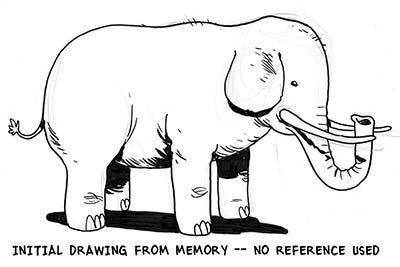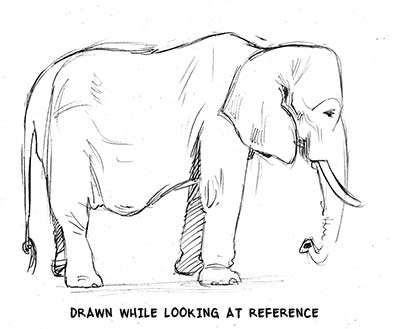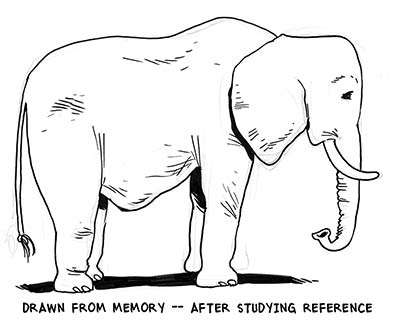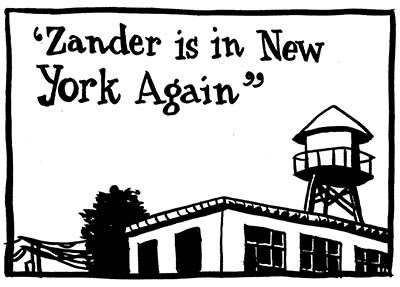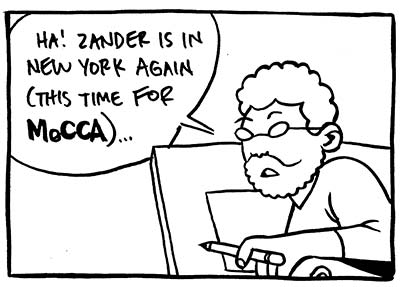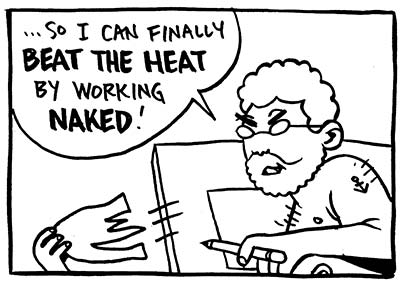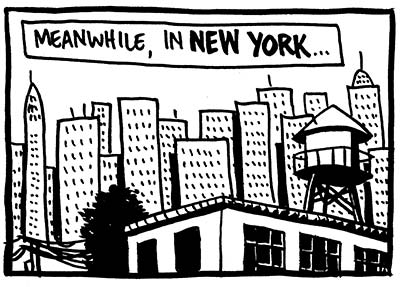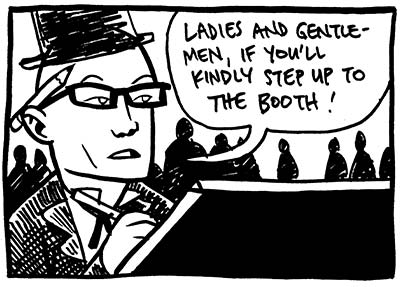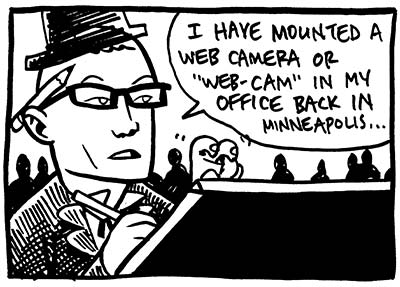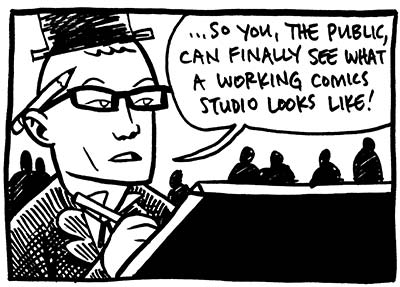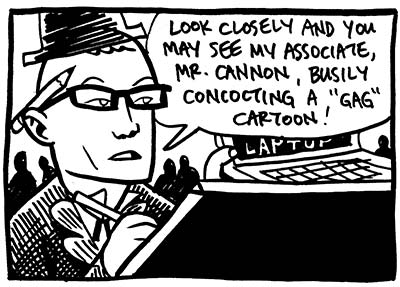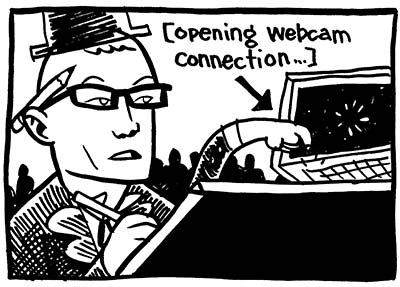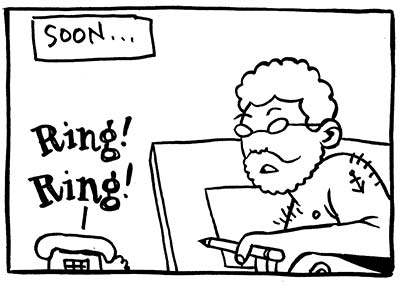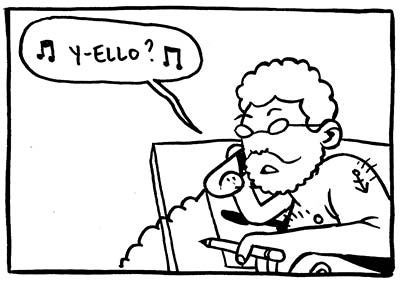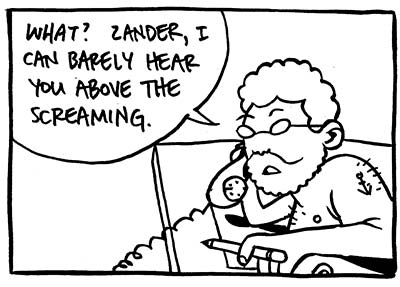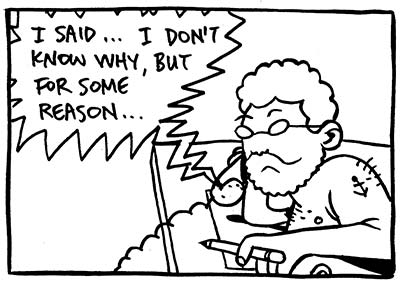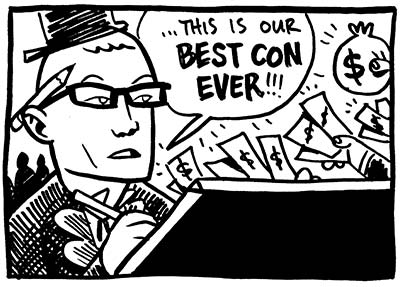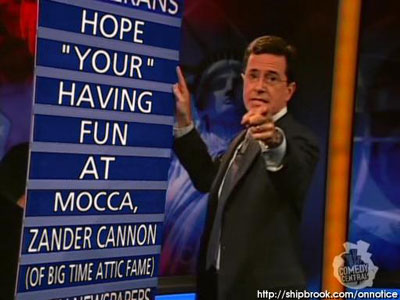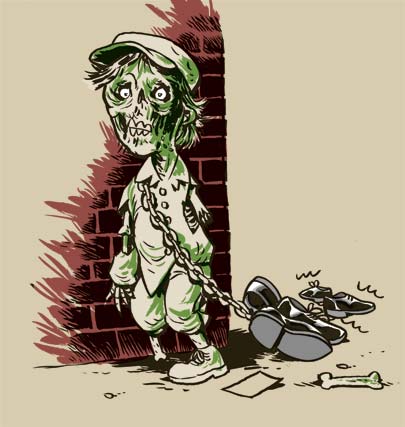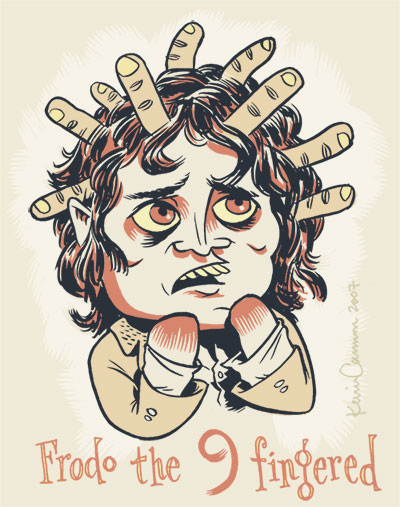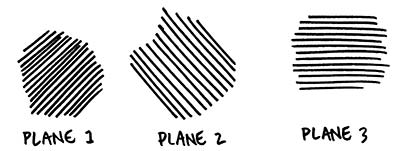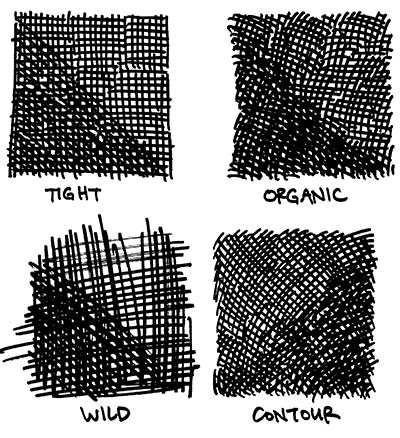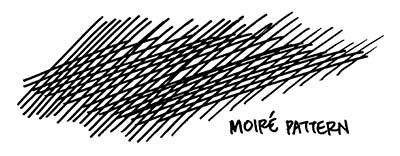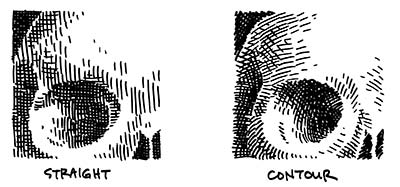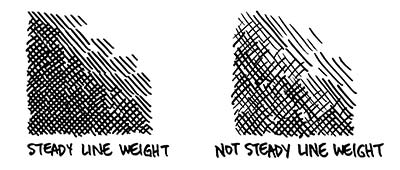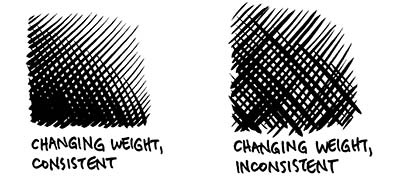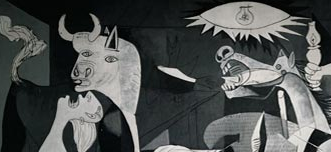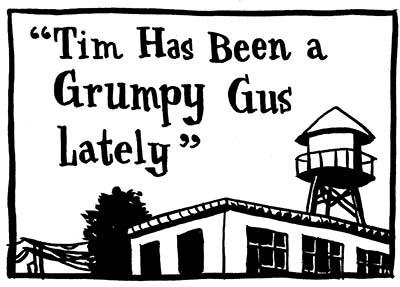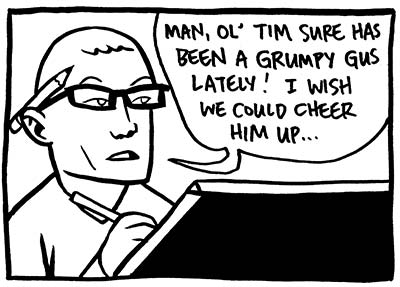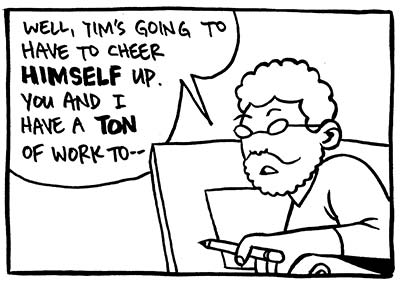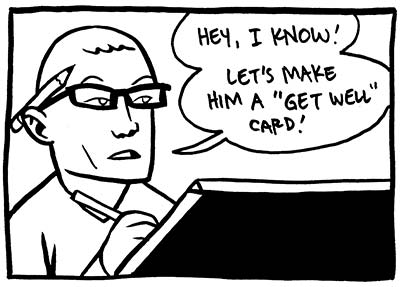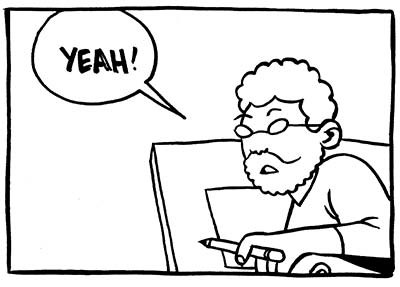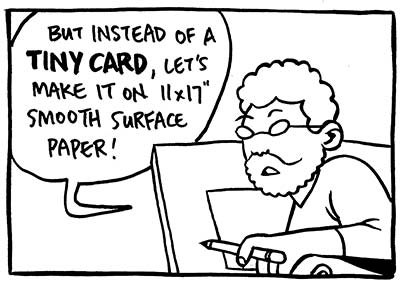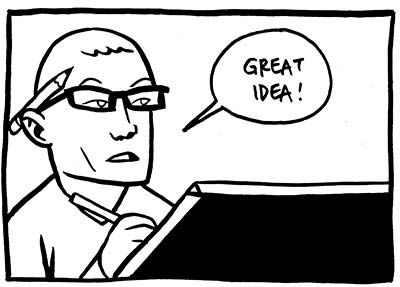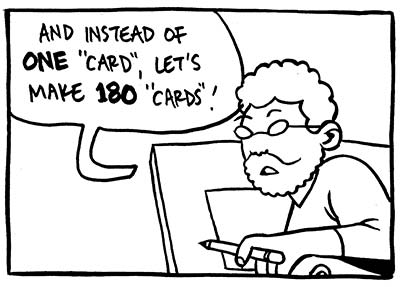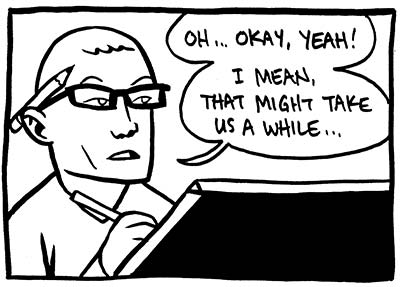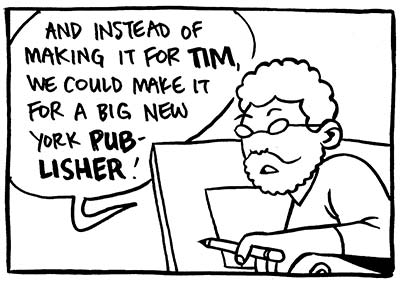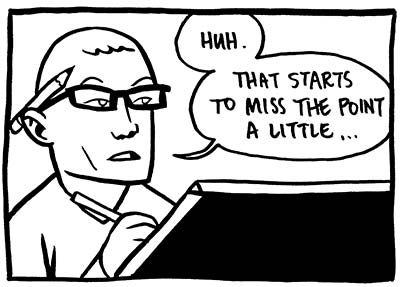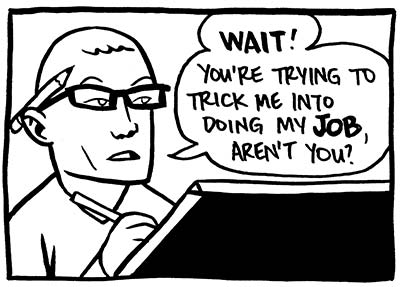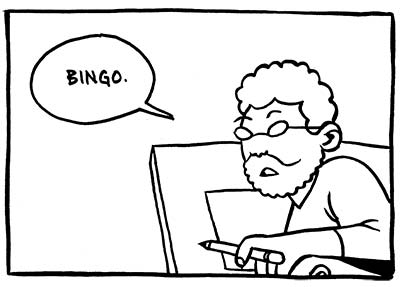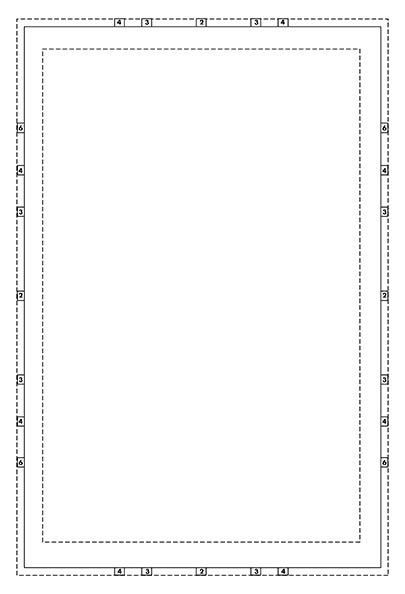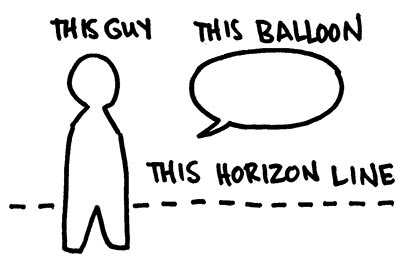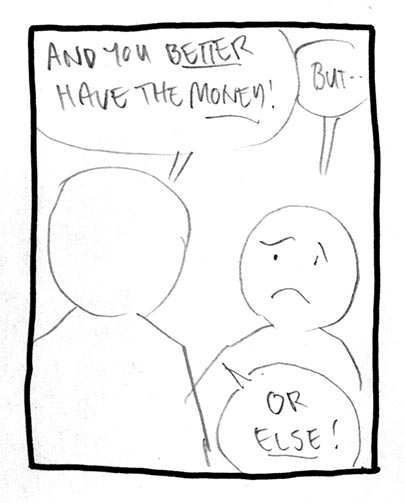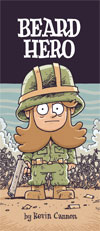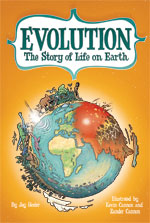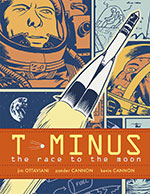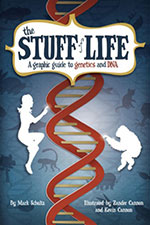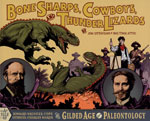Today the boys are continuing Kevin's theme from last week about trying to draw things without looking them up. Easy, right? READY GO.
1. Grasshopper
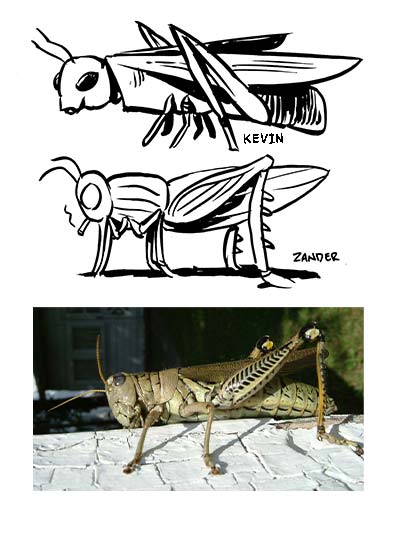
KEVIN: No doubt you'll immediately notice that I didn't draw the correct pattern on the hind leg. If you're sharp you may also notice that the hind leg is BACKWARDS.
ZANDER: YESSS! Got the major details right, though I'd deduct points for that cigarette. I should mention I drew a grasshopper from reference about 2 years ago. I guess that's kind of cheating. Oh, and I should deduct points for that cigarette, too.
2. Pelican
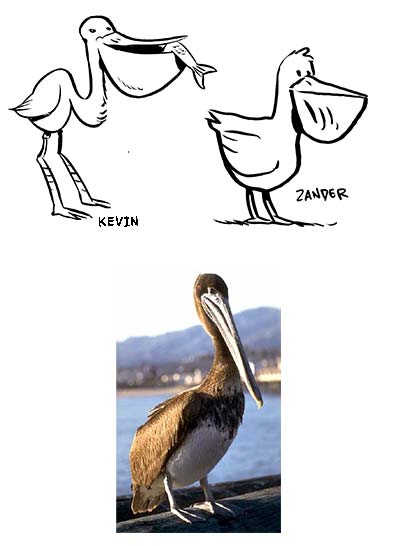
KEVIN: I win this one, because even though the photo doesn't show it, all pelicans have fish in their mouths.
ZANDER: I wasn't as far off as I thought. I don't know why I think of pelicans' lower beak areas as hanging flaccid like that all the time. What disgusting birds they'd be.
3. Mole
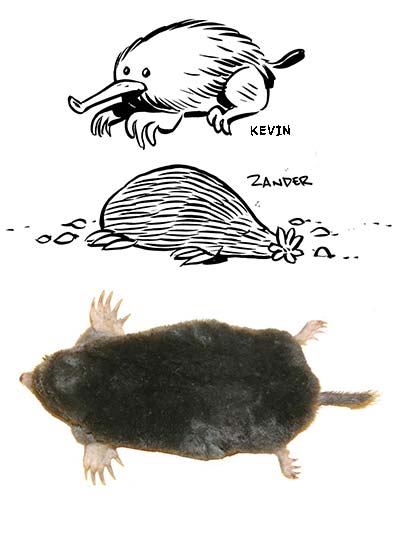
KEVIN: We actually have a live mole in our office, so as you can tell from the bottom image, we just threw him on the scanner bed. Uh... just kidding. I'm pretty proud that I got his front feet right, but pretty not proud that my mole looks like a big puff ball. And has a bicycle horn nose.
ZANDER: Mine is a star-nosed mole, and I'm going to have to assume I got him right, nose-wise. And I'll know from now on that moles have five claws. How interesting.
4. Giraffe
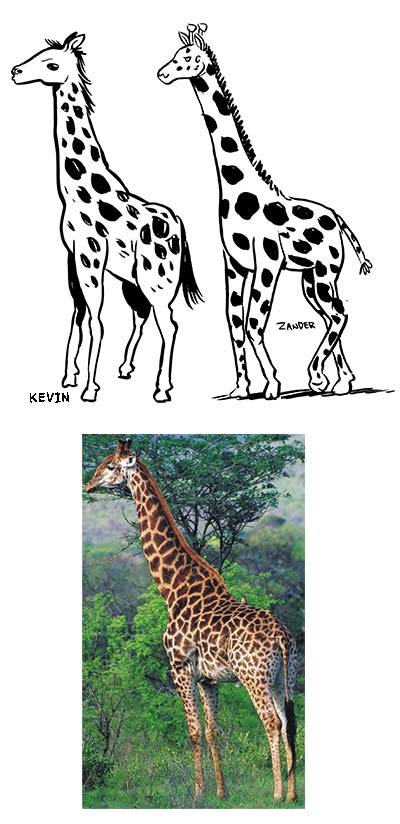
KEVIN: I can't believe I forgot those horn things. What are those for, anyway?
ZANDER: AARGH! The tail! I've never seen a tuft of hair that long on a giraffe's tail!! What gives? Ooh, and I'll have to remember the spots fit together like puzzle pieces instead of looking free-floating like I drew them.
5. Platypus
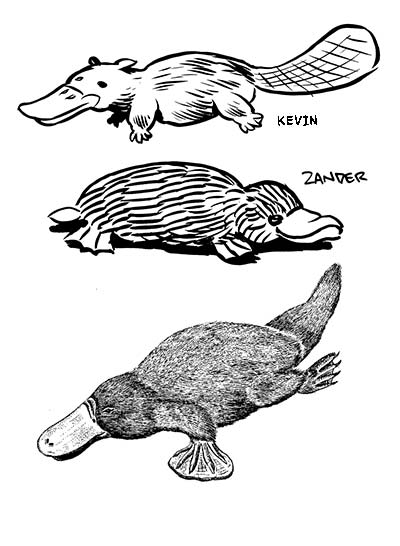
KEVIN: My platypus is perfect. Ignore the reference image, which has the platypus holding silver dollars in its paws.
ZANDER: Nice job, me, on the lack of ears. The rest: man, I obviously have never seen one of these things. Wrong feet, wrong tail, and my duck bill looks like Uncle Scrooge's.
note: all photographs were found on google image search. We don't own 'em or anything.

